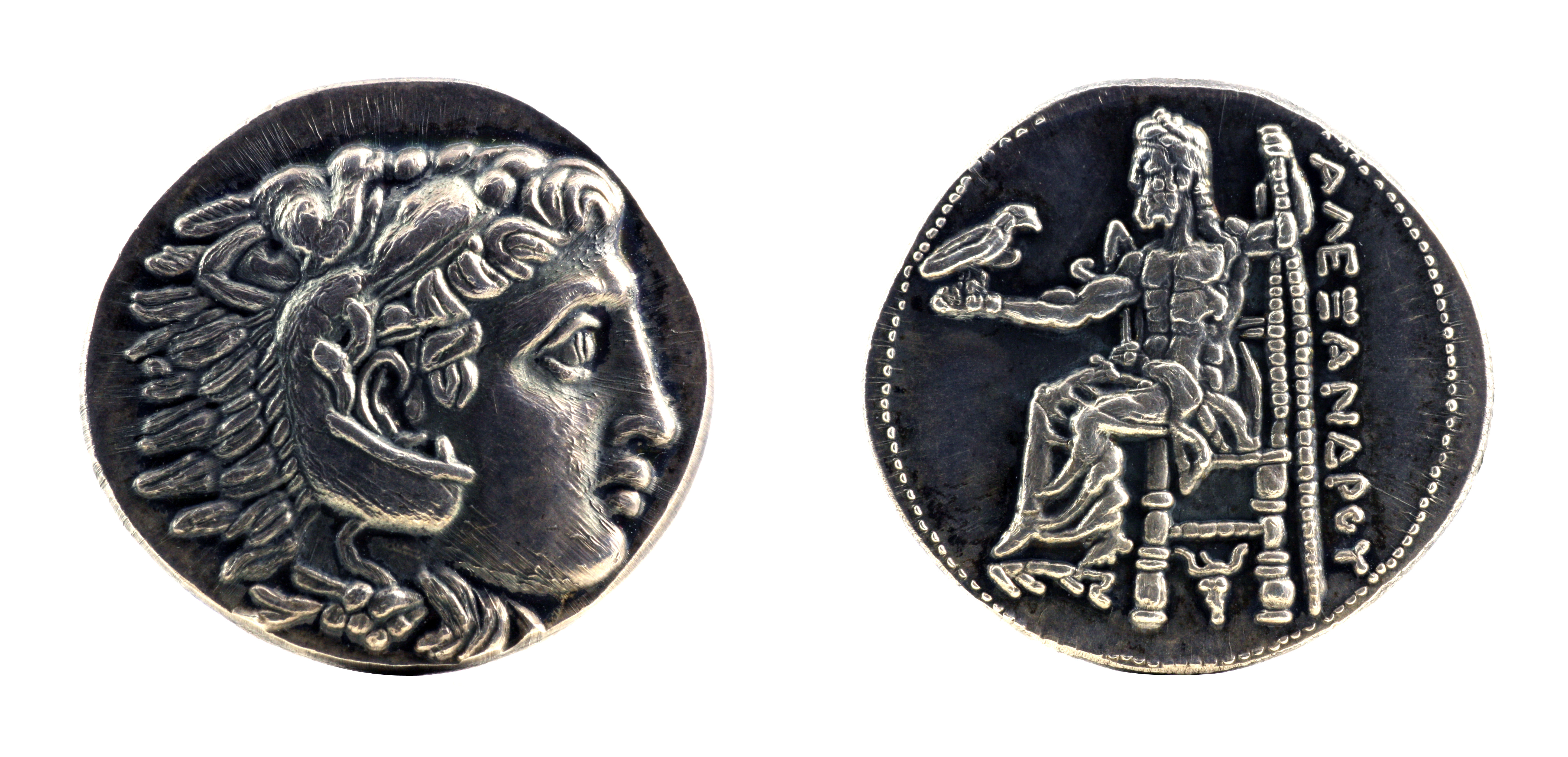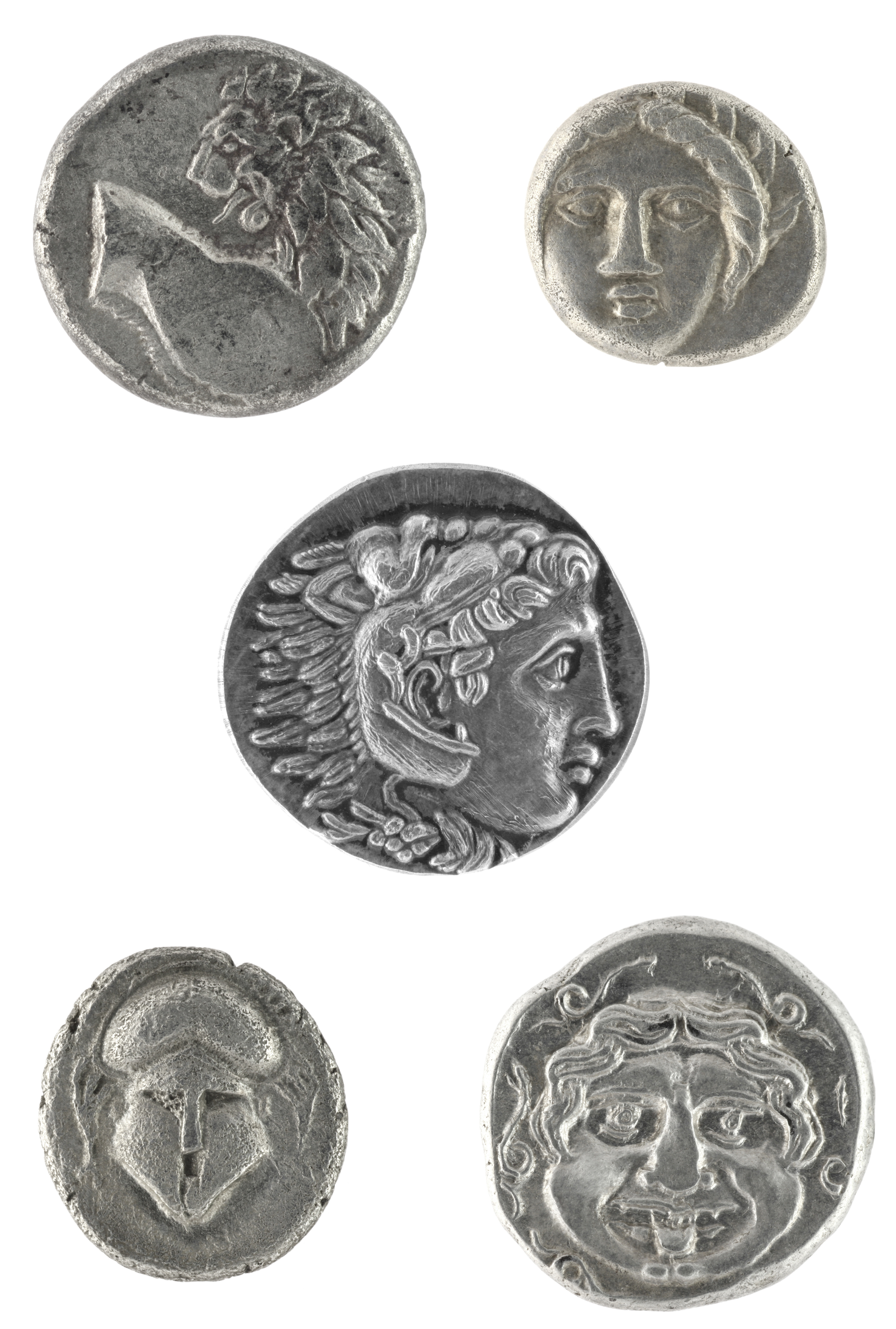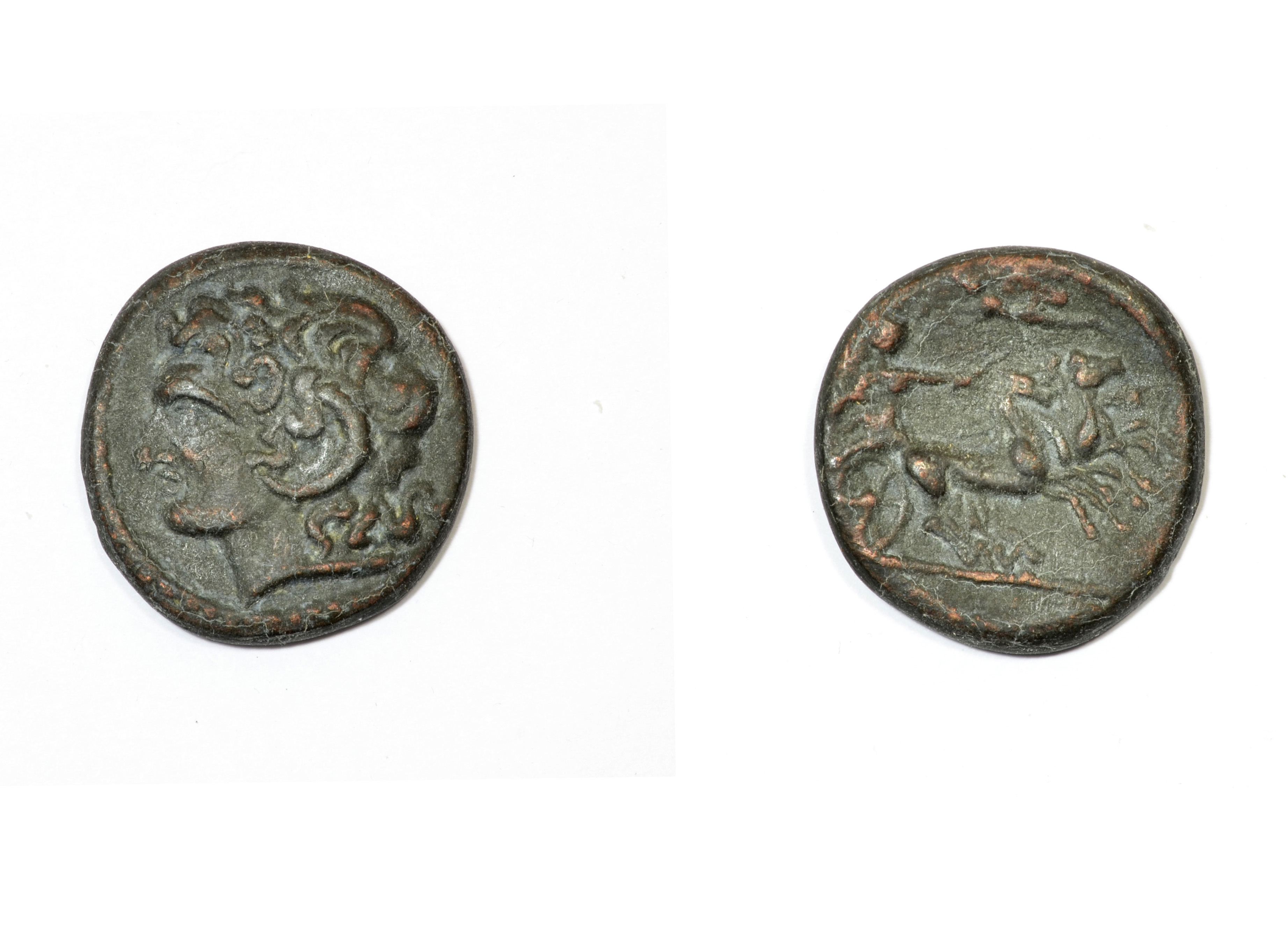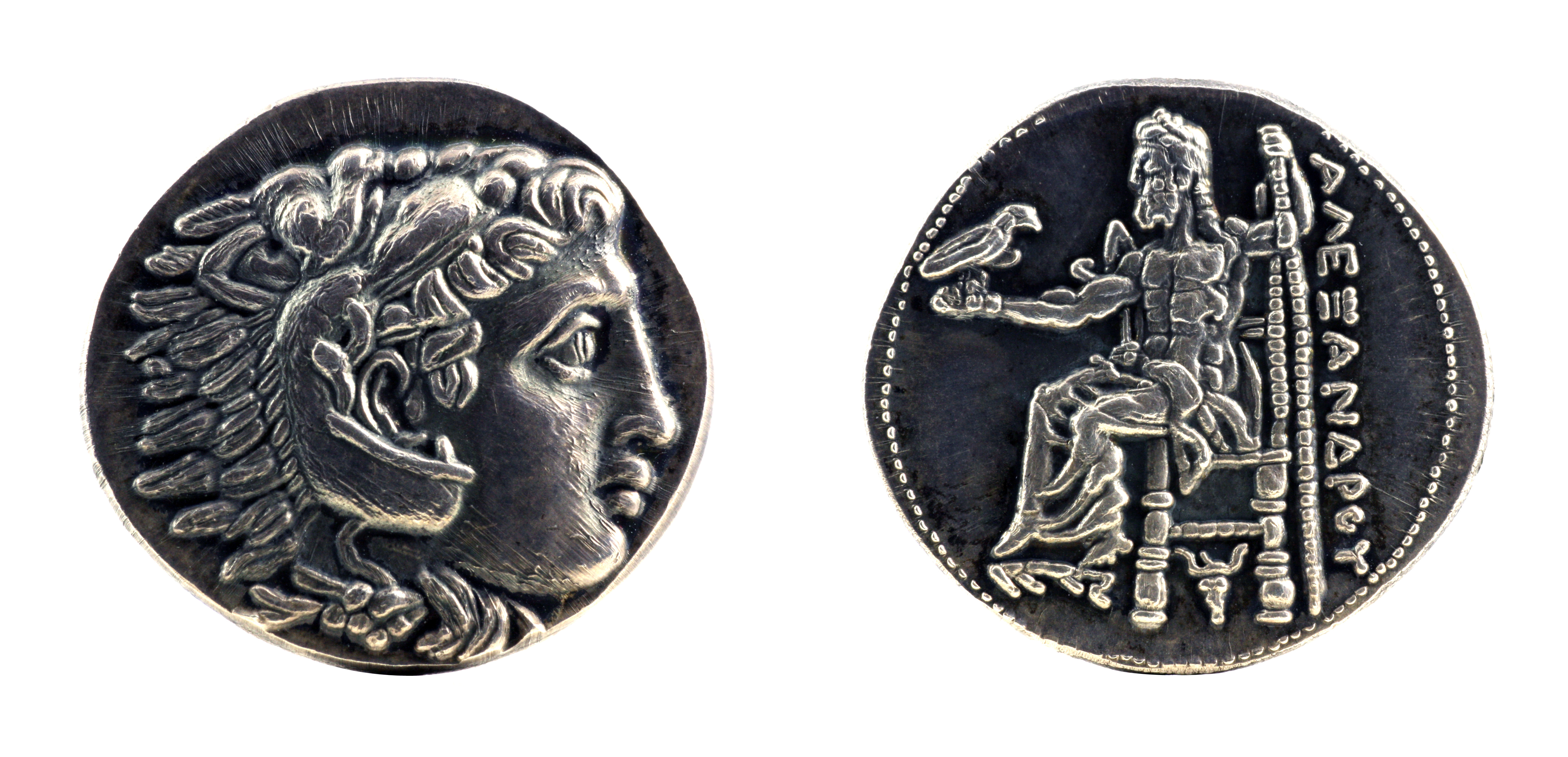Economic damage from pandemic is severe and will continue to be severe.

We are starting to see some guesses about the economic damage from the shutdowns driven by the pandemic.
When you read about the 10 million people who have filed for unemployment in the last two weeks and consider there will be millions more and the unemployment will continue for another month or two, ponder the ripple effects.
That shock of unemployment translates into cars not purchased, summer & Christmas vacations not taken, conferences not attended, college enrollment delayed a year, fancy wedding receptions never planned, and house renovations postponed by a decade.
4/5/20 – Wall Street Journal – State Shutdowns Have Taken at Least a Quarter of U.S. Economy Offline – Study by Moody’s Analytics estimates that 29% of the U.S. economy has shut down. That is the estimated drop in output we have already seen.
Some of the staggeringly dangerous hits to U.S. output and wealth:
…
Economic damage from pandemic is severe and will continue to be severe.Read More »
Economic damage from pandemic is severe and will continue to be severe. Read More »











